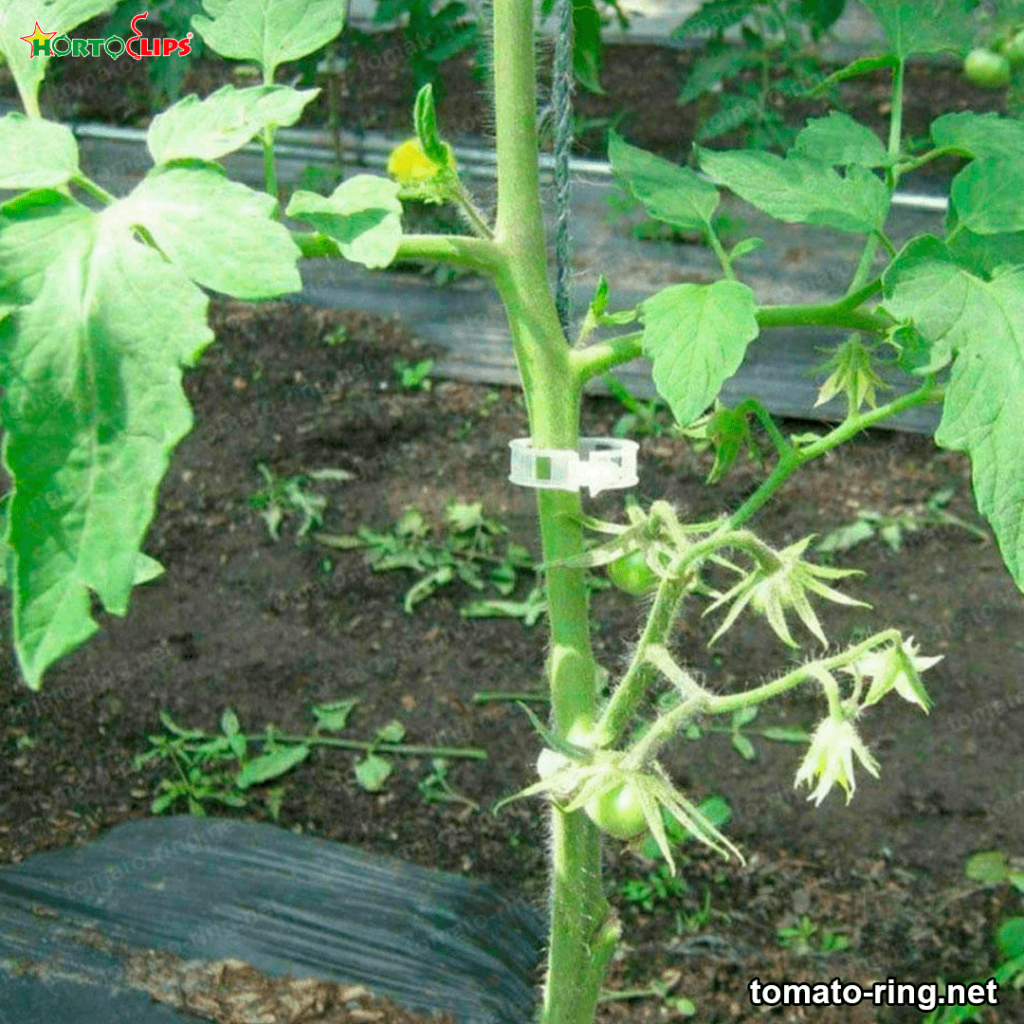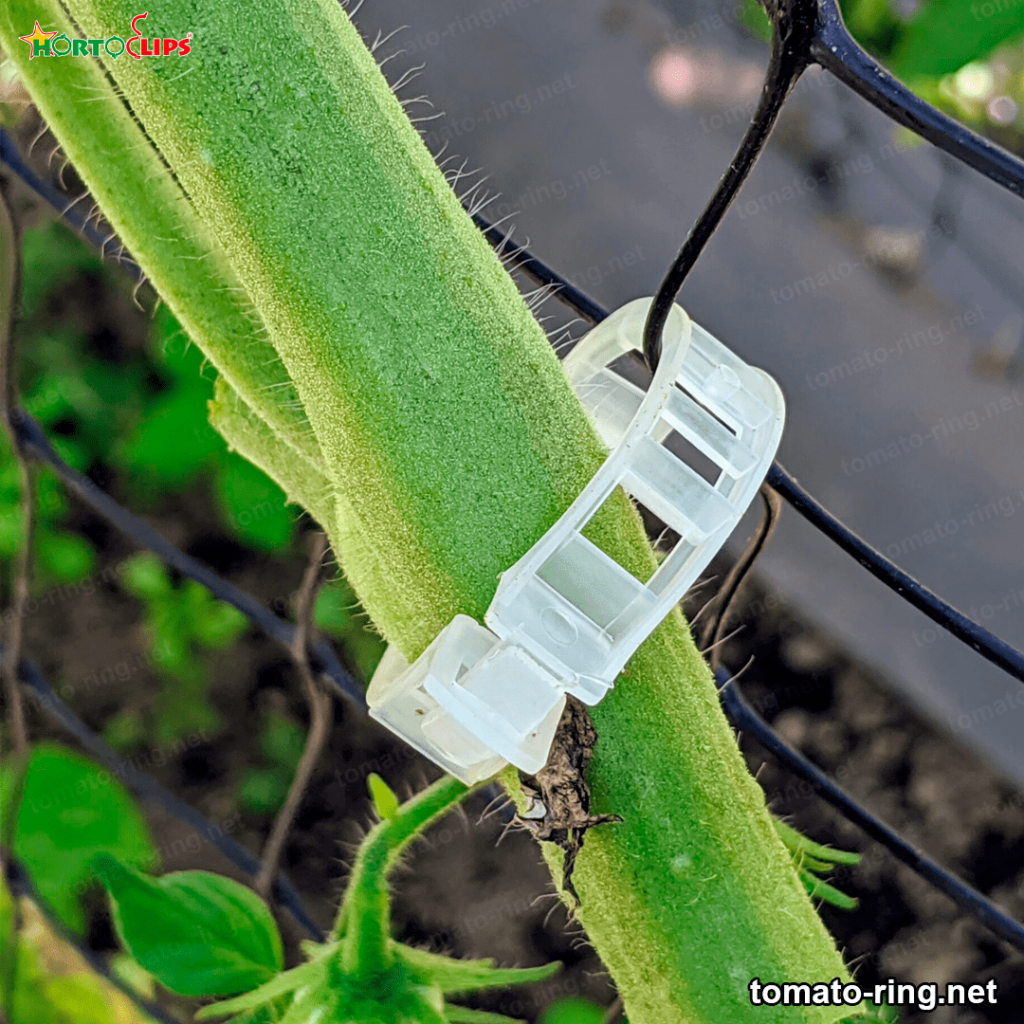The technique of applying rings for trellising can help growers improve crop production as well as positively influence crop quality. These are generally used to structure the shape and growth of crops which, in addition to ensuring a larger and denser crop, contributes to fruit formation. The use of rings also prevents dirt, insects and fungi from easily entering the crops and protects the fruit from damage. In this way, trellising rings can help growers increase their crop yields significantly. Rings can help growers improve crop yields by increasing crop growth stimulation and allowing growers to better harvest fruit. This is achieved by restricting stem and bunch movement, creating a safer environment for the fruit. Trellising rings also provide the grower with an easy way to control the way trees grow, which helps improve crop yields and fruit quality.
In addition to the benefits of improving crop yields, crop rings are also an important tool for reducing crop damage caused by weather conditions or uncontrolled harvesting. These rings can provide an additional protective layer for trees against wind, sun, and even rain, reducing the potential impact of bad weather on crops. They are also an excellent tool for controlling tree shape as well as support balance. These rings can help growers keep trees in shape, reducing structural damage and improving yields. Some growers may also use the tutorship rings to position trees higher, which aids in harvesting ripe fruit. Staking rings are an excellent option for growers looking for solutions to improve their harvest results. This technique is relatively simple to implement and is often very effective. In addition, tutors are relatively inexpensive, making them affordable for most growers.

Crop optimization techniques
The use of the tutorship rings consists of tying young plants to stakes or rings with a special material to provide them with adequate support. This helps to minimize the impact of unstable ground, thus preventing plants from falling over as they grow. This technique also facilitates access to nutrients in the soil and the advancement of photosynthesis.
There are several techniques growers can implement to optimize a crop with trellising rings. These include:
1. Proper placement of the rings.It is essential to place the rings so that they are at the same height and branches and roots do not get in the way. Sunlight and air passage between the plants should also be considered to prevent them from getting in each other’s way.
2. The application of moth traps. These traps are a useful tool for controlling insect infestations such as moths. They are placed over the rings to trap the insect and keep it away from the plant.
3. Pest control. To prevent diseases and pests, growers should take measures such as cleaning the soil, removing diseased or very large plants, and using organic chemicals or homemade recipes.
4. Adding nutrients. Using the right nutrients is important for healthy plant growth. These should be applied according to the time of year, soil moisture, soil pH and the amount of nutrient required by the plant.
5. The right soil mix. Soil mixture plays an important role in plant growth. Soils rich in organic matter allow nutrient absorption and provide space for roots to develop.
6. Soil packing. Soil packing ensures that the roots are free to receive nutrients. This technique should be done carefully to avoid unwanted damage to the plants.

What if I don’t use tutoring rings in my plantation?
The question of whether or not to use tutorship rings in my planting is a complex question with many considerations. In particular, there are several things to keep in mind when making a decision about the use of tutors. The first consideration should be about the location of the plantings. This is especially important if the land being planted is very uneven. This situation requires that the trees be effectively anchored to prevent the orchids from shifting and damage. In cases where the ground is level and the risk of tree displacement is low, the use of tree rings is not a necessity. However, even in this scenario, tree rings can help improve aesthetics as well as help trees maintain their shape. In addition, tree rings can increase the stability of trees to wind and storm exposures.
This helps reduce the risk of displacement, which can reduce the lifespan of trees. Another important consideration to take into account is the size and material with which the tree rings are made up. Park trees need tutorship rings between 20 and 40 centimeters in diameter. This will depend on the size of the tree at the mature stage and the volume and height to which the tree grows. Using appropriate ring material is essential to ensure adequate support for the tree and prevent the risk of damage. Corrosion-resistant wood and nails may be the most suitable materials for making staking rings, as they are usually inexpensive and durable. Whether or not you use tutors for planting, plantation owners should remember that the health of the trees is very important, as is proper care.